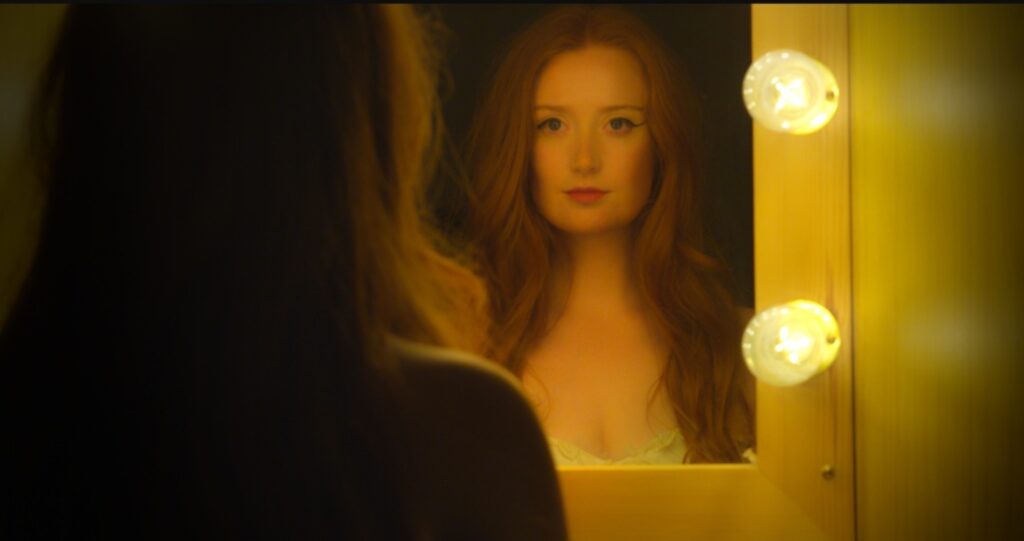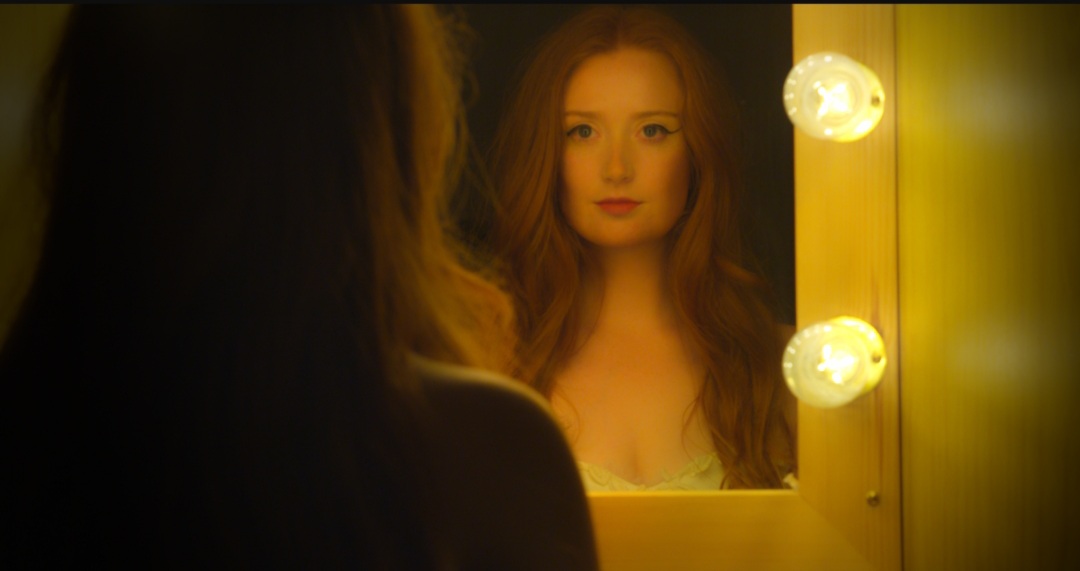Pursuing your passion versus filling your pocket – it’s a tightrope that every artist has to walk. For our purposes, Moira Shearer (Shannon Davidson) is the talent working without a net, and she must decide whether to sell out her ballet career, for one in front of the camera. A true story in this case, and while the throwback tugs slightly at your heartstrings, Steve Exeter’s Òran na h-Eala doesn’t make you miss that many beats.
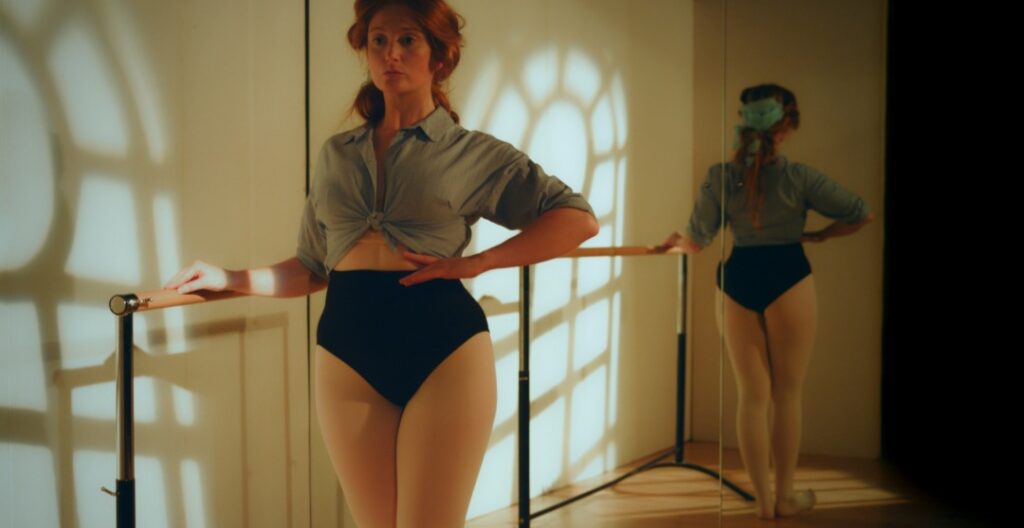
Born in Scotland, Shearer joined the International Ballet Company in 1941 and enjoyed great success in the field. Her work in film includes six features, but her passion was never misplaced. She always considered films to be “mostly a distraction,” according to her biographies, and ballet remained her true love.
Nonetheless, Òran na h-Eala (or Song of the Swan) has the dancer first facing the prospects of larger fame when The Red Shoes (1948) was offered to her. The introduction begins with the hard piano key notes of a ballet sounding score by Mike Lukey, and you are effectively transported to the time period.
Davidson chiming in with her own voice, the grind that goes hand in hand with the protagonist’s profession also comes in loud and clear. The same goes as the visuals take us inside the lonely bowels of a ballet dancer’s all consuming pursuit.
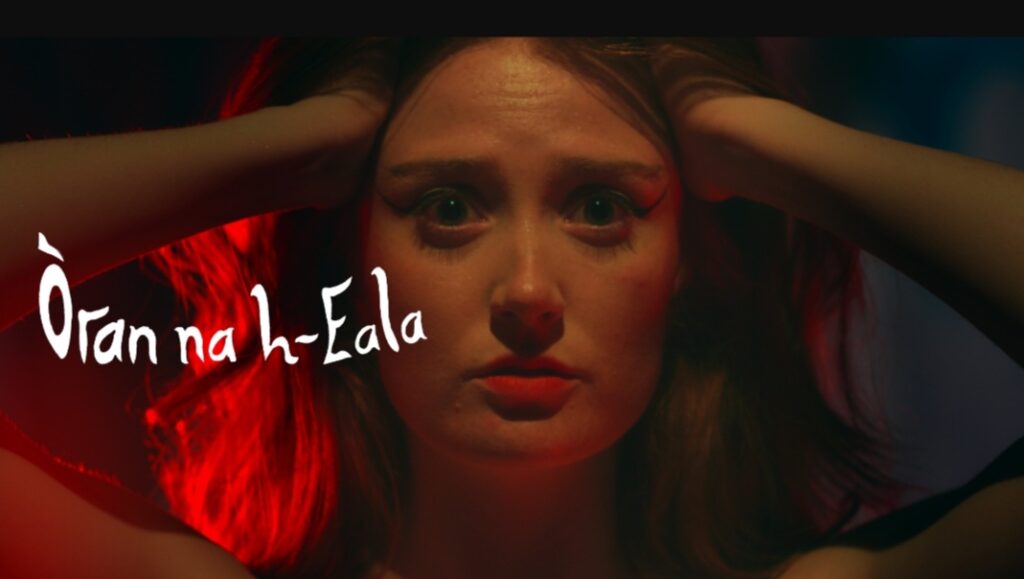
So melancholy and foreboding all around, the incitement to the story arrives. A long day ending, Shearer’s exhaustion is evident as Davidson deliberately alleviates herself from her constraining slippers and slowly seems to reflect on her life’s commitment.
On the other hand, her energy level loses no steam when Mr. Pressburger (Alec Westwood) and Mr. Powell (Alastair Thomson Mills) accost the dancer with offers of fame and fortune. Thus, Davidson’s fiery red hair pales in comparison to the actresses’ vehement rejection. “I want to be a star of the ballet – not the movies,” the actress goes full on with the Scottish accent.
Her resolve isn’t so firm, though. A lead movie role could elevate her profile in the company and, hopefully, catapult the career she holds most dear. Compounding matters, Moira tells us that taking time away from the dance floor takes an exponential toll on their talent. “A month without practicing throws you back years,” asserts the dancer.
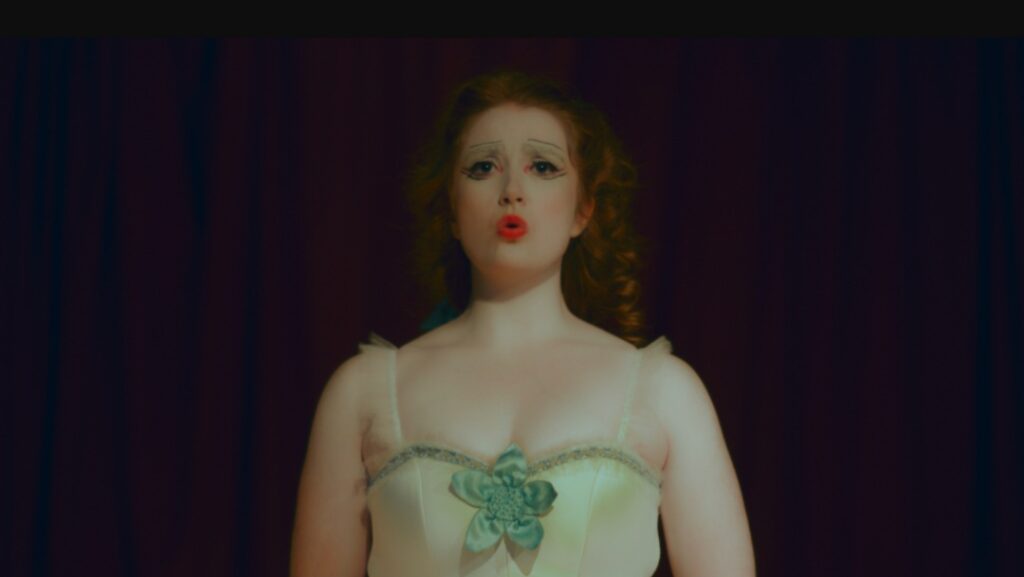
Alongside, the natural sunlight on her face competes with the obtrusive shadows, and as a result, the Thomas Dobbie cinematography implies that the dancer is damned if she does or if she doesn’t. So in Davidson’s monologues, we are clued into the conflicts in detail, and not letting up, she goes back and forth on the pros and cons.
We also experience the contemplation via the visual and audio provided. The score speeds up and makes us feel like the ballet of Moira’s life is spinning out of control. A puppet in their melodramatic play, which way should she turn, as the competing forces chase her like fleeing prey.
Film 101 – show but don’t tell. The scenes don’t elevate the drama enough and mostly has the effect of having Davidson telling us her difficult story. Although the ending does provide a piece of “show” that does hit the spot. So overall, you empathize with Moira, and regardless of the shortfalls, her plight is one worth retelling for all the conflicted artists out there.

